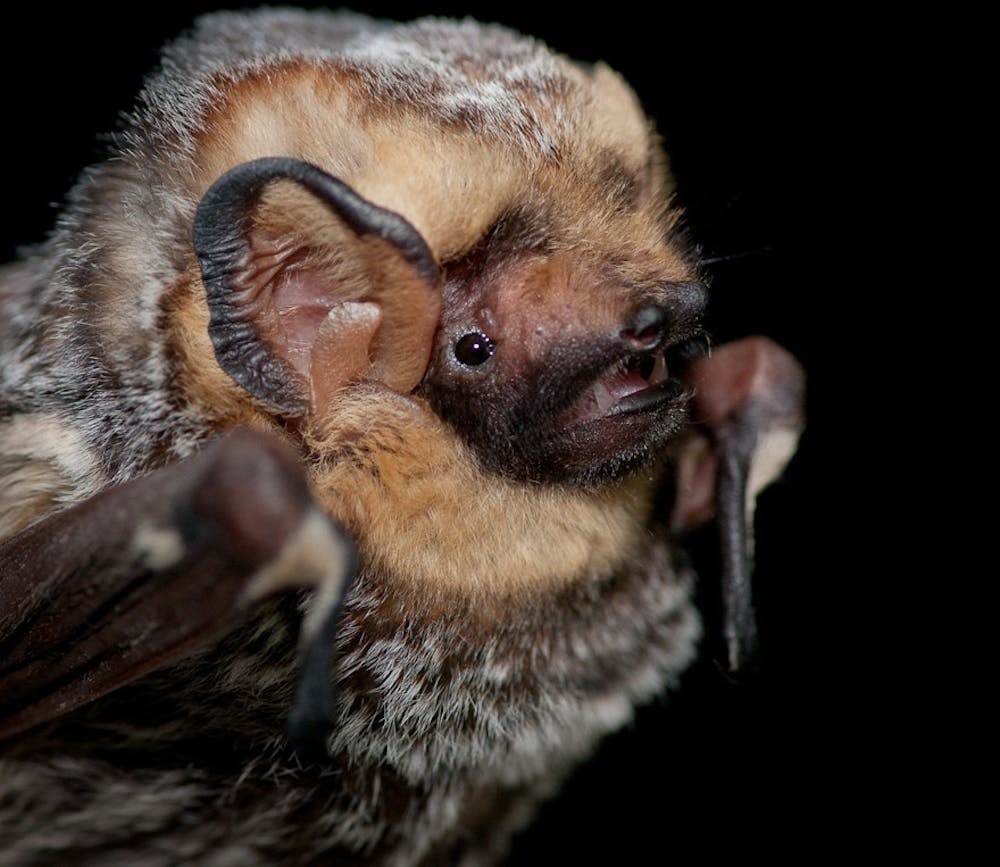Bats get a bad rap, associated with everything from diseases like rabies and coronavirus to vampires and blood sucking. All of these negative stereotypes could explain why in McCosh 50 earlier this week, when a bat flew out from behind the projector, students devolved into a panic.
We often are terrorized by unexpected natural life around us, from cockroaches to mice. Yet these animals are typically more scared of us than we are of them. Moreover, many species, especially bats, play essential roles in local ecosystems. Instead of leaving the McCosh incident feeling terrified of bats, students should try to channel compassion and understanding for this underappreciated creature.
Bats are rapidly disappearing both in North America and around the globe due to a range of issues, such as diseases like white nose syndrome (which has killed millions of bats in North America and is one of the worst wildlife epidemics known to man), deaths due to wind turbines, and human hunting and persecution. A study in 2015 found that 30 percent of North America’s 45 bat species were experiencing declines, putting them at risk of extinction. Many communities fear bats to be unwanted pests and believe that they should be exterminated. This is far from the truth, however.
Why should we keep bats around? For one, bats are important pest controllers — one little brown bat (a species native to New Jersey) can consume up to 1,000 mosquitoes in one hour! Mosquitoes are huge disease vectors (carrying anything from Zika and West Nile to malaria), and their ranges are only expected to increase with climate change. Thus, our need for bats is only intensifying. Bats also pollinate crops around the world, including mangoes and bananas.
In addition to their direct services, bats have fascinating ecological adaptations which have inspired innovative biomimetic designs for human use. For instance, their echolocation skills have been copied by engineers developing sonar systems, and their paper-thin, flexible wings have been used on wingsuits and drones. Clearly, the worth of a species extends beyond what it actively does for us — the natural world can serve as a source of intellectual challenge and inspiration for human civilization.
Returning to the bat in McCosh, bats normally hibernate in winter, but this bat may have been more active due to the unseasonably warm winter which we’ve been having (perhaps due to climate change). As winters get milder and human populations grow, we will be forced into more contact with bats, and we will have to decide whether to treat this as a conflict or as an opportunity. While it is true that bats can carry diseases, this doesn’t mean that we should eliminate them entirely — we simply should limit direct interaction (in other words, bats shouldn’t be pets) and allow these creatures to coexist in as great a harmony as possible to capitalize on the benefits they bring to us and to preserve the ecological fabric which surrounds us.
Claire Wayner is a sophomore studying civil and environmental engineering. She can be reached at cwayner@princeton.edu.








